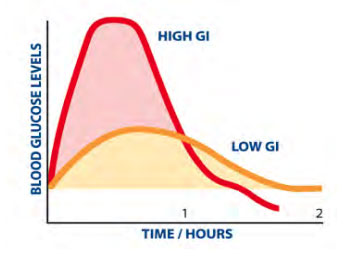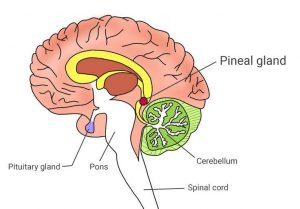The first sensation most of us register when we wake up is thirst. If you’ve managed to sleep well, you’ve just gone seven-plus hours without drinking a drop of water. If you’re in a dry climate, worked out the previous afternoon, or partied hard the night before, you likely hit the pillow at a fluid deficit out of the gate. Depending on the temperature of your room, you may have even accelerated the dehydration process through sweat. In combination, the vapour from respiration and perspiration can often amount to a pound of water lost overnight. As a result, we regularly wake up feeling like we’ve been nursing on a cotton ball.
You would think that the logical response to this condition would be to get up and drink some water, to lubricate all those critical internal components we need to fire correctly for our bodies to be most effective today and for the long haul. Instead, what most of us do is hide under the covers, hitting the snooze button like a snare drum until the last possible moment, at which point we hurry out of bed, strip our clothes off, step into the shower and pour gallons of water over our body, then dump three more quarts through a drip coffee maker. We rarely think to actually drink any of this water before it goes down the drain or through the filter, which is insane; if the physical sensations we experience when we wake up happened to us in the middle of our day, we’d say “Damn, I’m thirsty” and then crush a glass of water. Starting the day, though, it always ends with us holding a cup of coffee.
There are studies on both men and women showing that even mild dehydration resulting from fluid loss equaling roughly 1 percent of your body weight can cause headaches, moodiness, irritability, anxiety, and fatigue.
Decreases in mental performance and short-term memory loss can start at as little as a 2 percent loss in water. You ever find yourself being 1 or 2 percent lighter in the morning than before bed? That is enough.
But it isn’t just the water itself that is the problem. We lose electrolytes and minerals over the course of our sleep as well. Minerals are key to modulating and supporting numerous body processes, from the muscles to the organs and even the brain. Without adequate minerals, many of the body’s normal functions start to diminish. Well, guess what, we are just as bad at replacing our minerals on a regular basis as we are at getting ourselves moving and into the sunlight to start our days.
Hydration
Sixty percent of the average adult human body is made up of water. About the same percentage of Earth’s surface is covered by water. The world is water, we are water, yet here we are, every morning, essentially starving for it. And we wonder why we wake up feeling miserable so often.
A glass of water from the bathroom faucet or tipping your head back in the shower is not going to cut it, however. This isn’t just about curing cottonmouth. Health coach and sleep expert Shawn Stevenson calls that first glass of water in the morning “a cool bath for your organs.” Another way of putting it: it’s priming your internal fluids before hitting the road.
Just swap your first-thing-in-the-morning coffee for some water and minerals, in a drink Aubrey Marcus calls the morning mineral cocktail. You don’t have to eliminate coffee—God forbid, coffee is delicious—just hold off on it until you’ve hydrated properly and can mix it with some fats like butter or coconut oil to slow it down. The components of the morning mineral cocktail are water, sea salt, and a splash of lemon.
Morning Mineral Cocktail
0.4 to 0.7 litres of filtered water
3 grams sea salt (=flat tip of a tea spoon)
1/4 lemon, squeezed
- The water should be room temperature. When you’re looking to maximize mineral absorption and aid digestion, room temperature is always best for any beverage.
-
Sea salt contains upward of sixty trace minerals above and beyond the sodium, chloride, and iodine in regular table salt, including phosphorus, magnesium, calcium, potassium, bromine, boron, zinc, iron, manganese, and copper.
Together they are essential for healthy bodily function and contribute meaningfully to optimal performance. Sodium binds to water in the body to maintain the proper level of hydration inside and outside our cells. Along with potassium, it also helps maintain electrical gradients across cell membranes, which are critical for nerve transmission, muscle contraction, and various other functions. Without it, needless to say, we would be toast.
 This post is an extract about hydration from the first chapter of Aubrey Marcus‘ book:
This post is an extract about hydration from the first chapter of Aubrey Marcus‘ book:
“Own the Day, Own Your Life“

To hear more from Aubrey Marcus, listen in on one of these podcasts:





 This post is a summary of the relevant chapters of
This post is a summary of the relevant chapters of 



